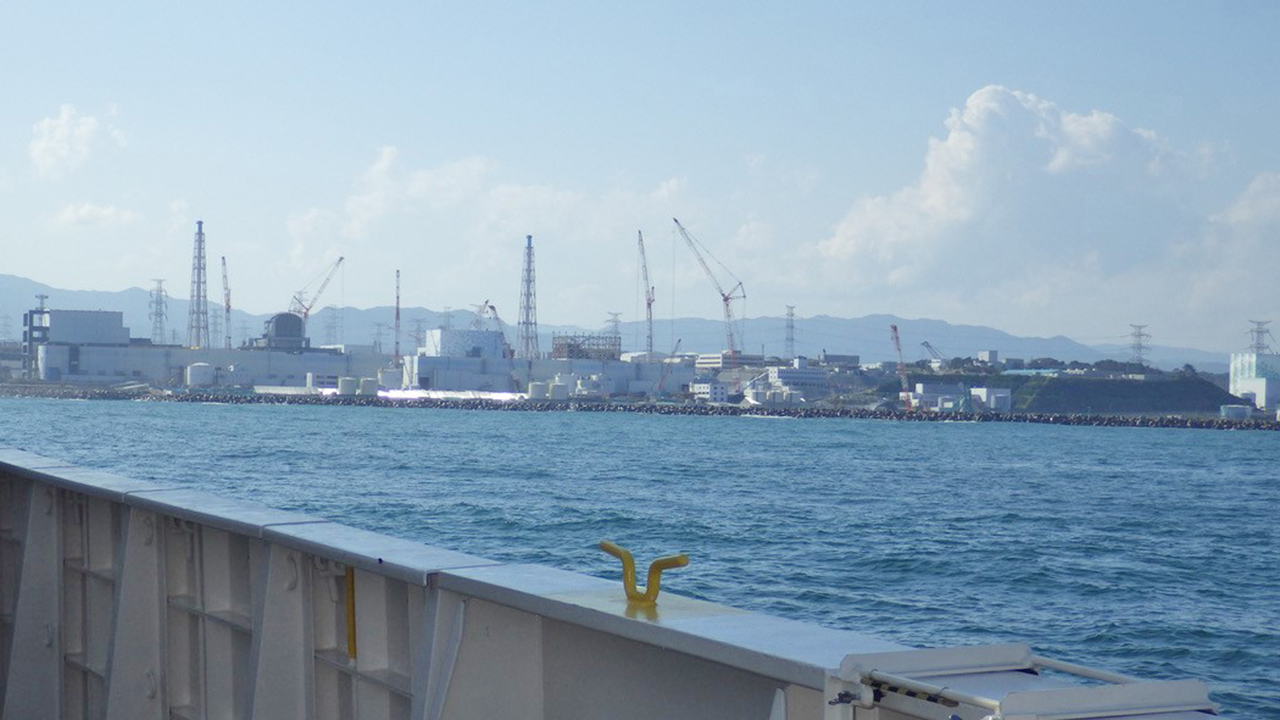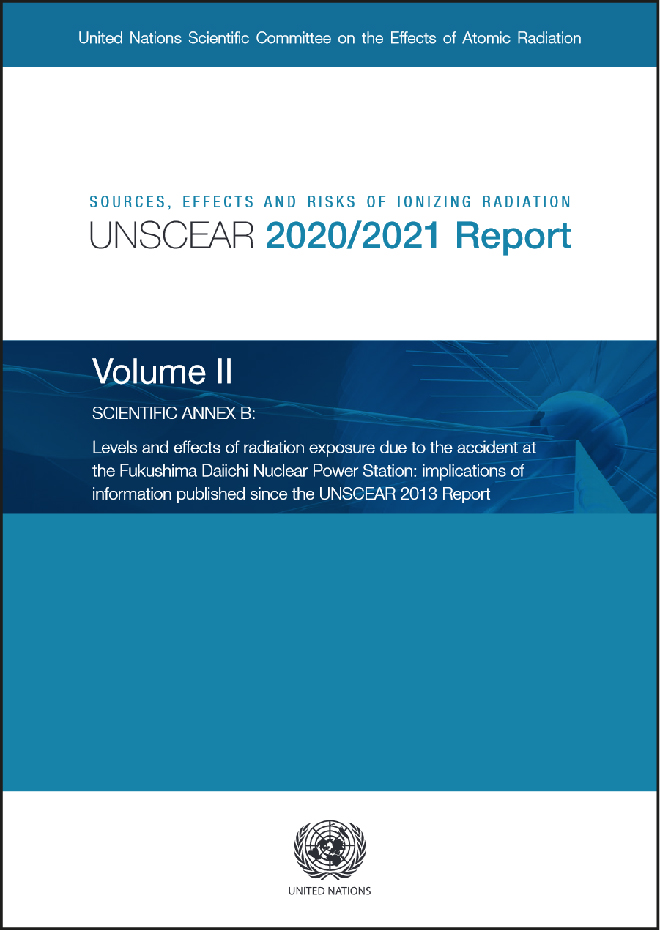
On 11 March 2011, the Fukushima-Daiichi nuclear power station (FDNPS) suffered major damage after the magnitude 9.0 great east-Japan earthquake and subsequent tsunami. It was the largest civilian nuclear accident since the Chernobyl accident in 1986. Radioactive material was released from the damaged plant and tens of thousands of people were evacuated.
In May 2011, the Committee embarked upon a two-year assessment of the levels and effects of radiation exposure from the accident.
The main findings of the UNSCEAR 2013 Report titled "Levels and effects of radiation exposure due to the nuclear accident after the 2011 great east-Japan earthquake and tsunami" were reported to the General Assembly in October 2013 (A/68/46), and the report was published in April 2014, along with the supporting scientific data and evaluation.
As more information became available with time, there was increasing evidence that some of the doses to the public set out in the 2013 Fukushima Report were overestimated, with those from ingestion significantly so. At its sixty-fifth session (2018), the Committee decided to update the 2013 Report to reflect the latest cumulative scientific findings and developments. Hence, the Committee embarked on a two-year project to update the UNSCEAR 2013 Report. The UNSCEAR 2020/2021 Report summarizes all of the relevant scientific information available (up to the end of 2019) relating to the levels and effects of radiation exposure due to the accident at the FDNPS. Overall, the UNSCEAR 2020/2021 Report broadly confirms the major findings and conclusions of the UNSCEAR 2013 Report.

Twelve Member States and one observer contributed with over 30 experts to this evaluation.
In the UNSCEAR 2020 Report, the thematic areas are:
In the period between the UNSCEAR 2013 and UNSCEAR 2020/2021 Reports, the Committee put in place arrangements for follow-up activities to enable it to remain abreast of additional information as it was published in the scientific literature. Three White Papers (2015, 2016, 2017) were published after periodic reviews and evaluations of the implications of new scientific developments for the findings of the report. The results of these reviews generally confirmed the assumptions and findings of the UNSCEAR 2013 Report. The findings remain broadly robust within their inherent uncertainties.
In an effort to make its work as widely accessible as possible to the Japanese population, the secretariat and experts of the Committee held several townhall meetings and events in Japan (Aizuwakamatsu, Fukushima, Koriyama, Iwaki, Minamisoma and Tokyo), and met with community leaders, teachers, city officials etc., to explain the findings and impact of its 2013 Report and White Papers. It also undertook to make all the material available in Japanese.
The UNSCEAR 2013 Report was divided into 6 thematic areas, a format that was followed and added to in later work. These were: Radionuclide releases to atmosphere, dispersion and deposition; Radionuclide releases to water, dispersion and deposition; Evaluation of doses for public; Evaluation of doses for workers; Health implications for workers and public; and, Evaluation of doses and effects for non-human biota).
Eighteen United Nations Member States provided more than 80 experts to conduct the analytical work and Member States of the UN submitted data to assist the process. The secretariat of UNSCEAR, administered by the United Nations Environment Programme (UNEP), closely coordinated with other leading international organizations in this area such as the Preparatory Commission for the Comprehensive Nuclear-Test-Ban Organization (CTBTO); Food and Agriculture Organization of the United Nations (FAO); International Atomic Energy Agency (IAEA); World Health Organization (WHO) and World Meteorological Organization (WMO). All data had to be deemed fit for purpose before it was used. Few measurements were available in the initial days as the country was grappling with a triple tragedy - the tsunami, earthquake and then, the accident itself.